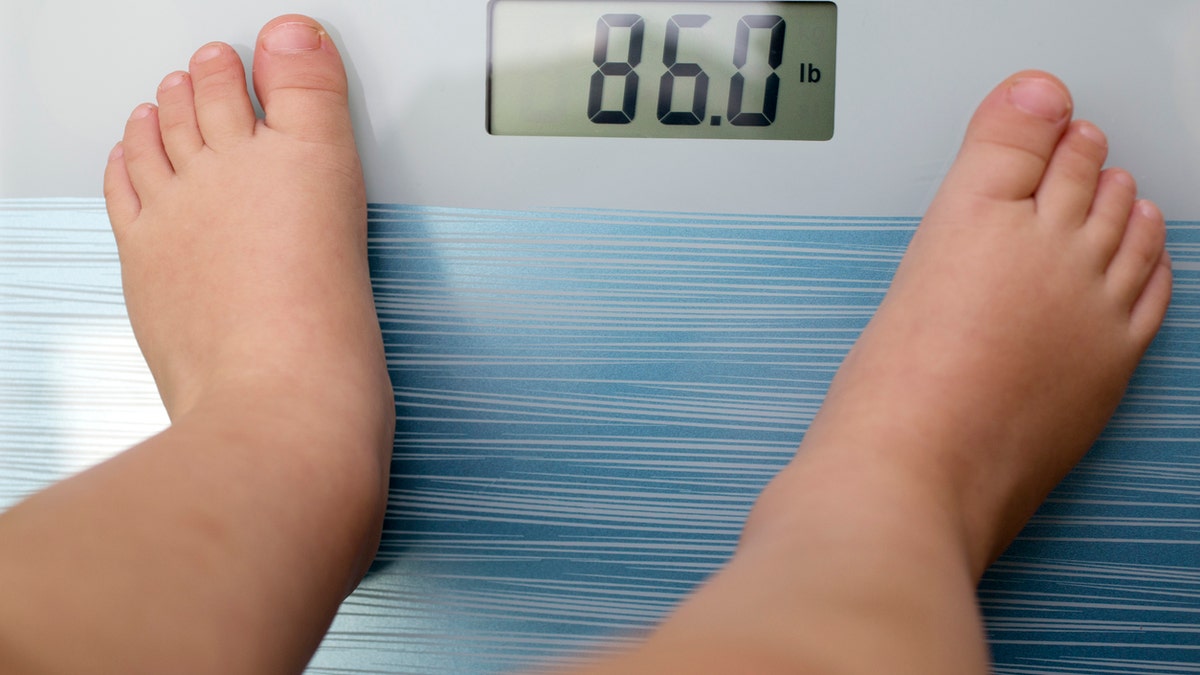
Computer modeling, using current national data, estimated that 57 percent of children ages 2 to 19 in 2016 will be obese by the time they are 35 years old. (iStock)
Nearly three in five children in the U.S. today are destined to be obese when they reach their 35th birthday, according to a new projection.
Computer modeling, using current national data, estimated that 57 percent of children ages 2 to 19 in 2016 will be obese by the time they are 35 years old.
To put that in perspective, the current rate of obesity among 35-year-olds is 35 percent to 40 percent, lead study author Zachary Ward of the Center for Health Decision Science at the Harvard T.H. Chan School of Public Health in Boston told Reuters Health in a telephone interview.
"It seems the excess weight gained in childhood puts kids on a trajectory that persists," he said, recommending that "children with obesity now could benefit from early intervention" such as a better diet with fewer sugar-laden snacks and improved physical education programs in schools.
MAN CLAIMS HE CONTRACTED EYE-EATING PARASITE FROM AMUSEMENT PARK WATER RIDE
Non-Hispanic blacks and Hispanics were more likely to be obese than whites and those disparities were already present at age 2, the researchers report online November 29 in The New England Journal of Medicine.
The estimate comes at a time when obesity rates have stabilized among children ages 6 to 11 and even declined for ages 2 to 5. But rates have continued to rise among older Americans.
About 6 percent of U.S. children, 4.6 million, already have severe obesity (BMI, 35 or higher).
"Severely obese children are at especially high risk for adult obesity," the study team writes. Their chances of not being obese at age 35 are just 21 percent for 2-year-olds, dropping to about 6 percent for 19-year-olds.
The new analysis was an attempt to predict how a child's current weight might influence his or her obesity risk in adulthood. It used height and weight data from a nationally representative sample of 41,567 children and adults.
"In some ways, this is a surprising finding just because of the sheer magnitude of the problem," Ward said. "In other ways, it's not surprising when you look at how trends in weight gain and obesity have been going over the past 40 years. In some parts of the country, we're already approaching that level of obesity. But this could be a new normal, the way some trends are going."
The researchers projected that among obese children, the likelihood that they would continue to be obese by age 35 increased with age. Obese 2-year-olds had a 75 percent chance; obese 19-year-olds had an 88 percent chance.
WEIRDEST HEALTH STORIES OF 2017
Conversely, children who were not obese had a lower risk of being obese at 35, and those odds continued to decline with age - from 58 percent for children at age 2 to 44 percent for 19-year-olds.
"Only those children with a current healthy weight have less than a 50 percent chance of becoming obese by the age of 35 years," the study team notes.
The research does not examine solutions. But the authors cite a 2015 study in the journal Health Affairs that concluded the three most cost-effective strategies for addressing childhood obesity would be a penny-per-ounce tax on sugar-sweetened beverages, setting nutritional standards for all food sold in schools (outside school meals) and the elimination of the tax subsidy that food companies tap when they advertise unhealthy food to children.
